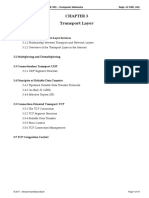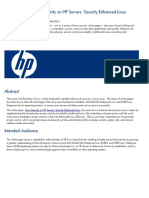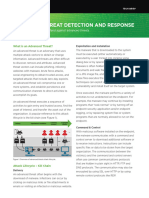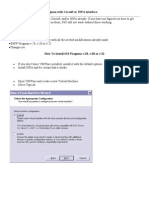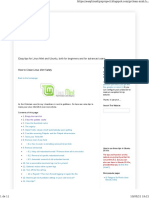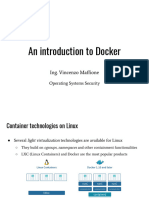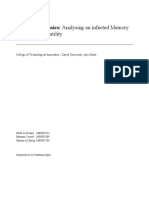0% found this document useful (0 votes)
48 views33 pagesCySA+ Module 1.2
Presentation slides CompTIA CySA+ certification module 1.2.
Uploaded by
bernardCopyright
© © All Rights Reserved
We take content rights seriously. If you suspect this is your content, claim it here.
Available Formats
Download as PPTX, PDF, TXT or read online on Scribd
0% found this document useful (0 votes)
48 views33 pagesCySA+ Module 1.2
Presentation slides CompTIA CySA+ certification module 1.2.
Uploaded by
bernardCopyright
© © All Rights Reserved
We take content rights seriously. If you suspect this is your content, claim it here.
Available Formats
Download as PPTX, PDF, TXT or read online on Scribd
/ 33

































